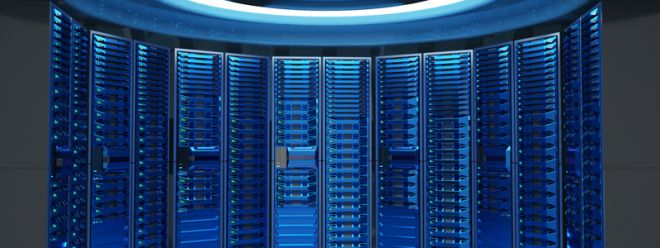From data to savings: The role of IoT in energy management

Builders and thought leaders use IoT devices for more than just collecting data. This technology guides the future of energy management through consumption analysis and financial savings. Learn how IoT is integrating with infrastructure to encourage progress and improve energy use.
Data in the energy crisis
The planet's resources are being depleted, making it more difficult to maintain energy supplies. Prominent impacts include international conflicts – such as the Russo-Ukrainian war – and widespread enterprise digital transformation. By comparing production, output and spending across countries, it can be seen that IoT can alleviate inequalities in energy access.
Sensor data reveals pathways to sustainable energy management while providing consistency during the most demanding era in human history. The Internet of Things can scale from microgrids to the world’s most populous cities. Implementing IoT devices in management systems can prevent losses and optimize dispersion.
IoT use cases in energy management explore its potential and how it can bring the planet into a new era of smart power.
Smart grid and energy distribution
The Internet of Things is the only reason smart grids are possible. Automated demand response keeps homes and offices lit even during peak hours, and artificial intelligence takes into account preventive maintenance. Big data analytics and machine learning combined with IoT measurements:
- Voltage
- usage
- weather patterns
- Rush hour
- population
- frequency
The system compares incoming data with historical information to create a personalized management center. The system's high reliability is an ideal platform for the transition to renewable energy, which requires a large number of data points such as carbon impact.
By 2041, power consumption may rise to 28%, a level that existing legacy systems cannot sustain. IoT provides data that gives energy workers and builders visibility in this critical shift in managing operations and complex technology stacks.
Building energy management system
Real-time updates and predictive analytics are some of the most significant benefits of IoT-enhanced BEMS. IoT allows for interoperability between numerous devices such as smart meters and leak detection systems. Previously, builders and homebuyers had no way to compare benchmarks like occupancy rates to electricity usage.
A Spanish university case study explores the implementation of smart BEMS on campus to automate and improve HVAC systems. The goal is to improve the quality of life of students and BEMS operators. IoT installations save up to 70% of electricity usage in HVAC systems. These systems also collect CO2 information, providing more oversight and context for comprehensive building upgrades.
Public use of IoT-driven BEMS has a greater impact on occupants. Stakeholders need numbers to influence decisions and process discovery. Monitoring public buildings and homes is equally important, mainly where energy grid precedents are developed.
Industrial energy monitoring and control
Personal energy management is critical, but industrial buildings consume more electricity overall. Further complicating matters is commercial electricity use, such as in conjunction with the National Electrical Code to control new IoT devices. These systems understand current best practices and adapt accordingly. Leverage IoT to help with regulatory compliance by preparing data for audits.
When considering high-intensity buildings like data centers, cooling and energy regulation are critical. Staff pairs IoT with demand-controlled ventilation for remote maintenance and setting adjustments. Or, multipurpose sensors detect motion to advise production lines, and smart thermostats automatically create comfort—even for employees in mixed work patterns.
Monitoring of energy consumption provides clear information for maintenance. Machines last longer because workers perform more careful and relevant repairs, extending the life of connected devices. Companies and households can reap financial benefits from reduced replacement costs and increased productivity from time savings.
Strengthen network security and data protection
The IoT’s reputation as the pinnacle of cybersecurity has yet to be fully formed. Pervasive IoT implementation is a golden opportunity to patch vulnerabilities. In the connected age, critical infrastructure is vulnerable to cyber threats, compromising the potential convenience and insights technology provides. This data is valuable and rich, tempting threat actors.
This threat climate fosters collaboration, research, and regulatory action that is more powerful than the fear that cybercriminals try to incite. Experts are familiar with how trends like AI warfare and the proliferation of 5G can open the door to breaches. IoT can provide stronger digital protection through management.
Enterprises can be notified of potential threats, notifying designated experts and authorities without human intervention. It gives cybersecurity and IT personnel more time and resources to isolate hazards and perform remediation according to business continuity plans. Cybersecurity analysts are in short supply and job openings are spreading.
Complementing smart IoT efforts is critical to containing threats while providing informed recommendations for:
- Identify data loss.
- Restore backup.
- Visualize threat attempt trends.
- Verify identity for device access.
- Data is the power of modern energy systems
Energy management systems require changes from the Internet of Things. Augmenting buildings with IoT provides workers and residents with an understanding that humans have never conceptualized.
Analytics allow industries to improve structures from all angles, eliminating the time-consuming process of information gathering and data parsing. The Internet of Things makes energy conservation and decarbonization the greatest possibility for future energy conservation.